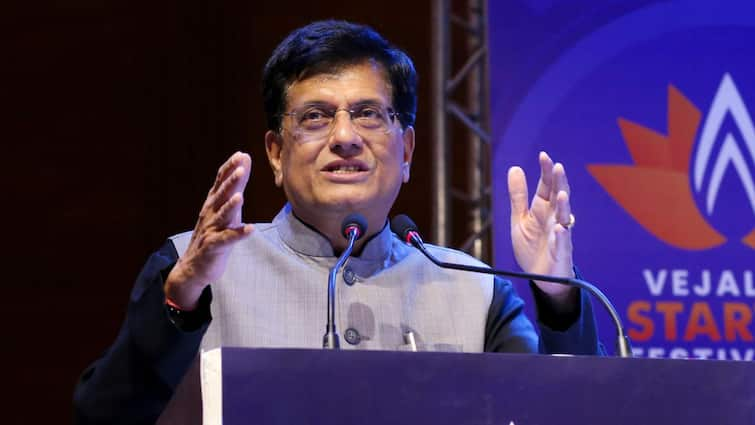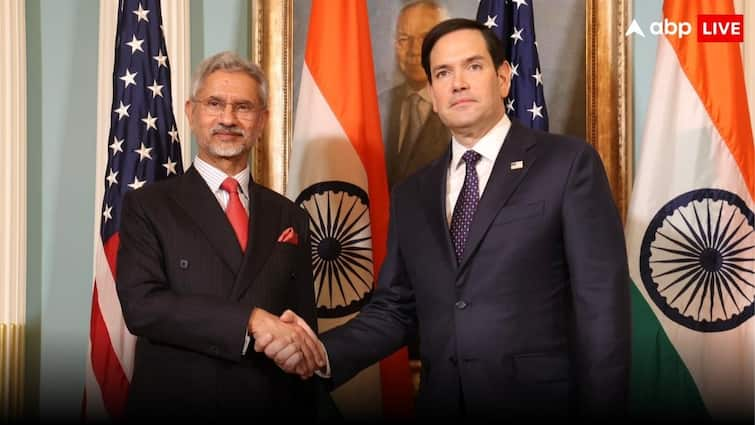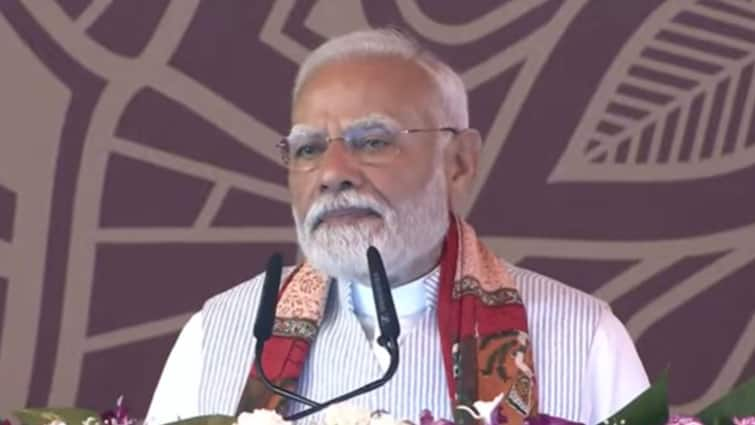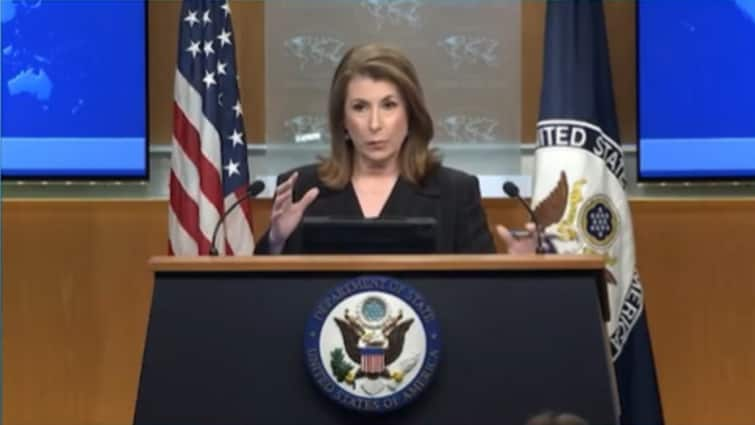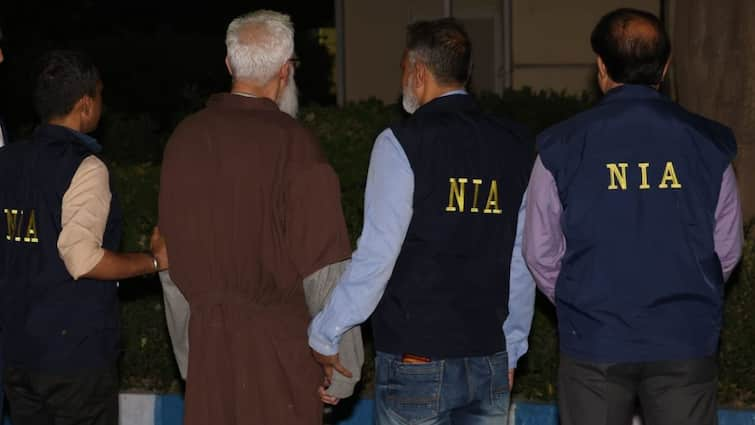
A trio of “secret Russian satellites” launched earlier this year has quietly deployed a mysterious object into orbit — and it’s raising eyebrows among space experts around the world. The satellites, identified as Kosmos 2581, 2582, and 2583, were sent into space aboard a Soyuz-2.1V rocket from Russia’s Plesetsk Cosmodrome on February 2. Since reaching orbit, these spacecraft have exhibited unusual behaviour, piquing the interest of satellite trackers and analysts alike.
Orbiting at an altitude of about 364 miles (585 kilometres) in a near-polar trajectory, the satellites’ purpose remains a mystery so far as Russia has remained tight-lipped on the matter. However, in March, observers noticed something curious — the satellites appeared to be performing proximity operations, manoeuvring closely around other objects in space, reported Space.Com.
On March 18, the US Space Force recorded a new object entering orbit — likely released by Kosmos 2581. The identity and purpose of this object are still unknown.
Despite the growing attention, Russia has remained silent on the nature of the satellites and their newly released companion. This secrecy isn’t unusual for Kosmos missions, many of which are shrouded in classification due to their military or experimental nature.
What Could This Mysterious Object Be?
Speculations are rife over the nature of the object released by the satellite. Experts suggest the object could serve a variety of potential purposes — from military tests such as satellite inspection or target practice to advanced experiments like docking or formation flying, the Space.Com report said.
There’s also a slim chance it might be a scientific payload or possibly debris from an accidental breakup — though that typically produces multiple fragments, not just one.
The Kosmos (or Cosmos) label has a long history, dating back to 1962, when it was first used by the Soviet Union. Over the decades, it has been attached to a wide array of classified, scientific, and military satellites, including those used in anti-satellite (ASAT) testing, electronic intelligence, and orbital reconnaissance.
Formation Flying: A Familiar Yet Unsettling Sight
Triplets of satellites operating together isn’t unique to Russia. The United States, with its Naval Ocean Surveillance System, and China, through its Yaogan satellite series, have also launched multiple satellite trios believed to carry out electronic intelligence gathering and similar missions.
Still, the unexplained release of a lone object from one of these Russian satellites adds a new layer of mystery.
Doonited Affiliated: Syndicate News Hunt
This report has been published as part of an auto-generated syndicated wire feed. Except for the headline, the content has not been modified or edited by Doonited












